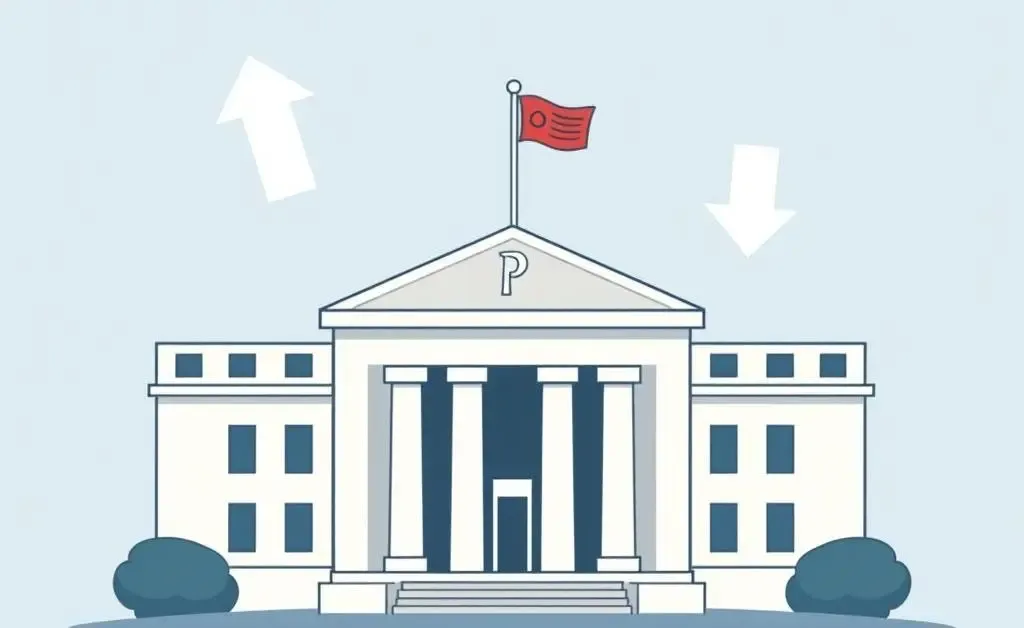Understanding the Fed: Why They Didn't Cut Rates and What It Means for You
Explore why the Fed didn't cut rates, what that means for your investments, and strategies to consider.

Have you ever wondered why the Federal Reserve's decisions on interest rates can make or break your investment strategy? While the Fed didn't cut rates recently, this move has left many investors puzzled. Let's dive into what this means and how you can navigate this economic landscape.
Why the Fed Didn't Cut Rates
The Federal Reserve decided to maintain existing interest rates, aiming to control inflation without disrupting economic growth. The choice was influenced by various factors such as current economic indicators and projections that the economy is stable enough without needing a rate cut.
Interest rates play a crucial role in the economy by influencing borrowing costs for businesses and consumers. When rates are low, borrowing money becomes cheaper, encouraging spending and investment. Conversely, higher rates tend to reduce spending, helping to keep inflation in check.
How Does This Affect Your Investments?
Let's imagine you're at a crossroads, considering whether to invest in a new venture or stick with your current portfolio. Here's a quick checklist of what you might consider:
- Bond Market: Generally, bonds become less attractive as interest rates rise. Explore adjusting the duration of your bond holdings.
- Stock Market: Companies might face higher borrowing costs, potentially affecting profits. Evaluate sectors that historically perform well in these scenarios, like technology or utilities.
- Real Estate: With interest rates stable, mortgage rates may stay reasonable, making it a decent time for real estate investments.
An old investor friend once told me, "When the Fed sneezes, the market catches a cold." This saying perfectly captures the ripple effect central bank decisions have on various sectors, illustrating the interconnectedness of finance.
Steps You Can Take
So, what should you do now that the Fed has made their call?
Stay Informed
Keep an eye on the Fed's future meetings and announcements. Economic landscapes can shift rapidly, and it's important to stay ahead.
Diversify Your Portfolio
Diversification is your best ally against uncertainty. Spread your investments across sectors and assets to mitigate potential risks.
Review Interest-Sensitive Investments
Look at your current holdings and see how interest rate changes might impact them. This includes reviewing your bonds and stocks in interest-sensitive sectors.
At the end of the day, investment decisions should be driven by your personal financial goals and risk tolerance. The Fed's actions are an important piece of the puzzle, but they're not the whole story.
How do you plan to adjust your investment strategies in light of the Fed's recent decision? Your thoughts and strategies might just be the golden key others are looking for!




